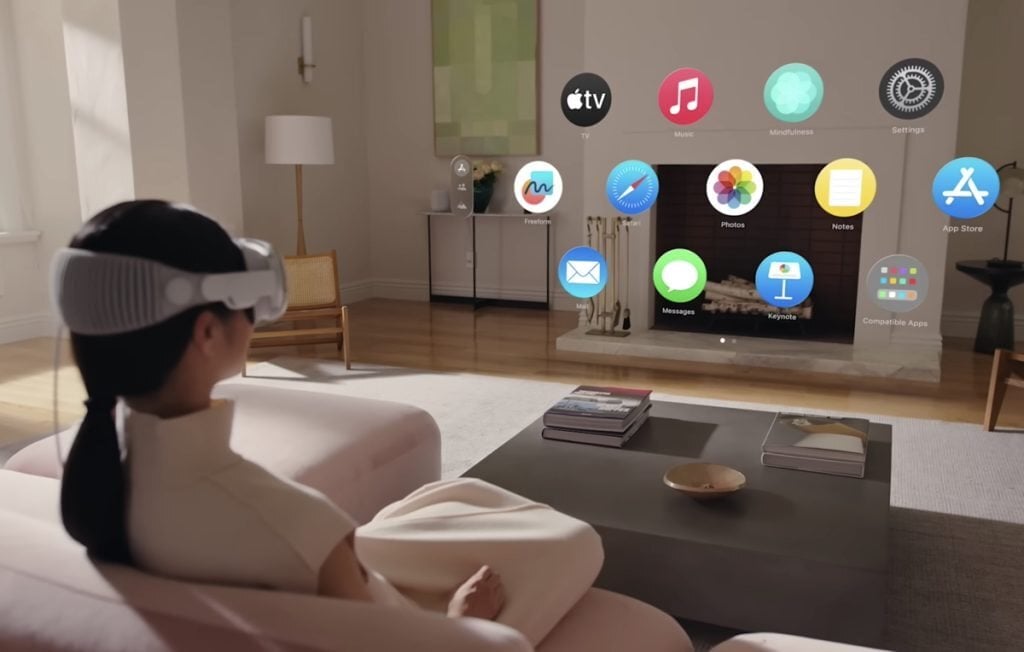
Although some of them were correct, the well-known analyst Ming-Chi Kuo supports Nearly a third of revenue (~30%) was due to users not being able to figure out how to set up or configure this new $3,500 technology.
“It is noteworthy that about 20 to 30% of users who returned it did so because they did not know how to set up Vision Pro,” said Ming-Chi Kuo, a well-known analyst of current or future Apple products who is very popular. His track record regarding the veracity of his sources.
In his research, Ming-Chi Kuo found that only 1% of Vision Pro owners returned the headphones to Apple – for example. Because they were not satisfied for various reasons, such as not having many applications yet – which is common for all new products in general. However, of all the returns, a large percentage were either because users didn't know how to “set up” (set up or configure) the Vision Pro or because they didn't know how to operate Apple's spatial computing headset. Apple products are generally known for their semi-intuitive user interfaces, like those found on the iPhone, iPad, and Mac, but from the looks of it, the Vision Pro doesn't seem to live up to that expectation.
“Intuitive design” is one of Apple's slogans for Mac computers. “Mac is designed to be both easy to learn and easy to use — so you can do more than you could ever imagine,” says Apple's website for products like this. From the looks of it, Apple's first hybrid virtual reality headset has some sketchy features that might confuse or annoy users. The Vision Pro uses eye-tracking technology to control the cursor in Apple's “spatial computing environment,” a feature that seems more intuitive than using a mouse, for example, but confuses some users or has limitations.
If you want to browse apps, you have to press a physical button on the headset, which in a way removes the user from the full spatial computing experience. To “open” the Control Center, you have to look at a small arrow. If you forget your password, you may have to visit the Apple Store to reset it. For some users, all of the above isn't worth the $3,500 Apple is asking for, nor is it worth the effort.
Analyst Ming-Chi Kuo also says that demand for Vision Pro is starting to slow. However, shipping times for Apple's VR headsets have improved to just 3-5 days when early estimates during the pre-order period were over a month. Apple is still expected to sell more Vision Pro this year than it expected, according to Ming-Chi Kuo, although the product is still currently targeted at professionals and a small, niche segment of the market.
-
12

“Total alcohol fanatic. Coffee junkie. Amateur twitter evangelist. Wannabe zombie enthusiast.”





More Stories
Is this what the PS5 Pro will look like? (Image)
Finally, Windows 11 24H2 update significantly boosts AMD Ryzen – Windows 11 performance
Heart Surgeon Reveals The 4 Things He ‘Totally Avoids’ In His Life